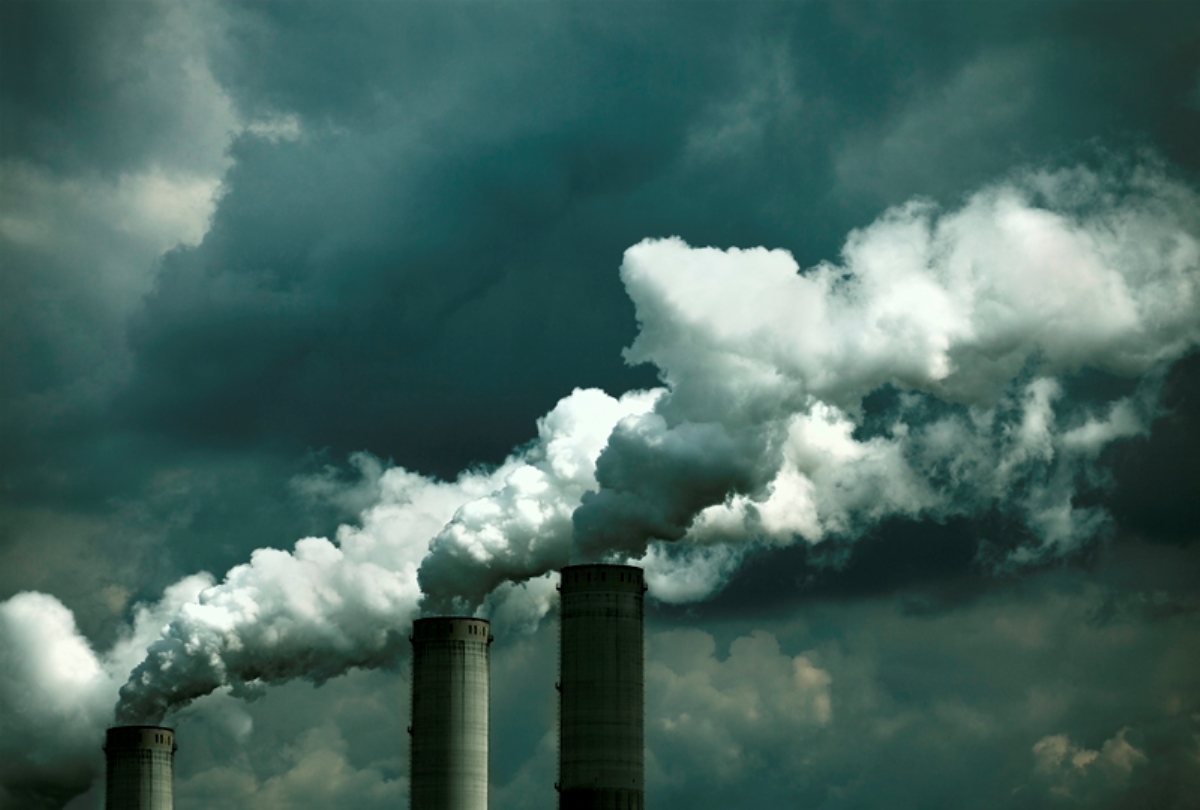On March 27th, the Global Energy Monitor, Greenpeace Environment Trust, and the Sierra Club released its fifth annual survey of proposed coal plants worldwide, Boom and Bust 2019: Tracking the Global Coal Plant Pipeline. For the third consecutive year, the number of coal-fired power plants under development worldwide dropped in 2018. Despite efforts by the Trump administration to bolster and protect dirty energy industry, the U.S. continues to lead in coal plant retirements, accounting for over half of them globally.
The report highlights a 20% drop in newly completed coal plants (53% in the past three years), a 39% drop in new construction (84% in the past three years), and a 24% drop in plants in pre-construction activity (69% over the past three years) year-on-year. As the cost of clean, renewable energy solutions like wind and solar continue to outpace outdated fossil fuels, it’s only a matter of time before coal is a thing of the past worldwide.
Why care about coal? The burning of fossil fuels for energy production is single-handedly the biggest source of carbon dioxide emissions. Coal is the biggest contributor to heat-trapping carbon dioxide. Global climate goals, that require warming to be kept well below 2°C, cannot be met without an absolute, full halt in new coal plants and rapid retirement of currently operating coal plants.
The report points to the emergence of several large coal plant proposals in places like Russia, Egypt, South Africa and Bangladesh, all supported by Chinese finance. Findings show that state owned financial agencies in China, Japan and South Korea are currently the largest sources of funding for coal plants outside of their own borders respectively. Chinese financing is behind over 50% of all global coal power capacity currently under development. The future of coal is largely dependent on both China’s coal use domestically and it’s international funding for coal plants and associated projects like mines and ports. In 2018, India added more solar and wind than thermal power capacity for the second year in a row. India also permitted less than 3 GW of coal for construction compared to the annual average of 31 GW from 2008 to 2012.
No matter where in the world, stopping the pipeline of new coal and retiring aging, inefficient plants, is most effective where it directly engages impacted communities and workers to secure a just transition to a clean energy economy. As grassroots communities and organizations work tirelessly to secure a safe and clean environment, we are at a critical stage where movements, especially in the Global South, fighting to move beyond coal and for a just transition to clean energy need to be further elevated and supported.
Translated versions of the report including country level discussions for Japan, South Korea, Thailand, Indonesia, Vietnam and Turkey can be found here: https://endcoal.org/global-coal-plant-tracker/reports/boom-and-bust-2019/
To read more about ongoing efforts on environmental, labor and economic justice read here:
https://www.sierraclub.org/environmental-justice
https://www.sierraclub.org/labor/about
